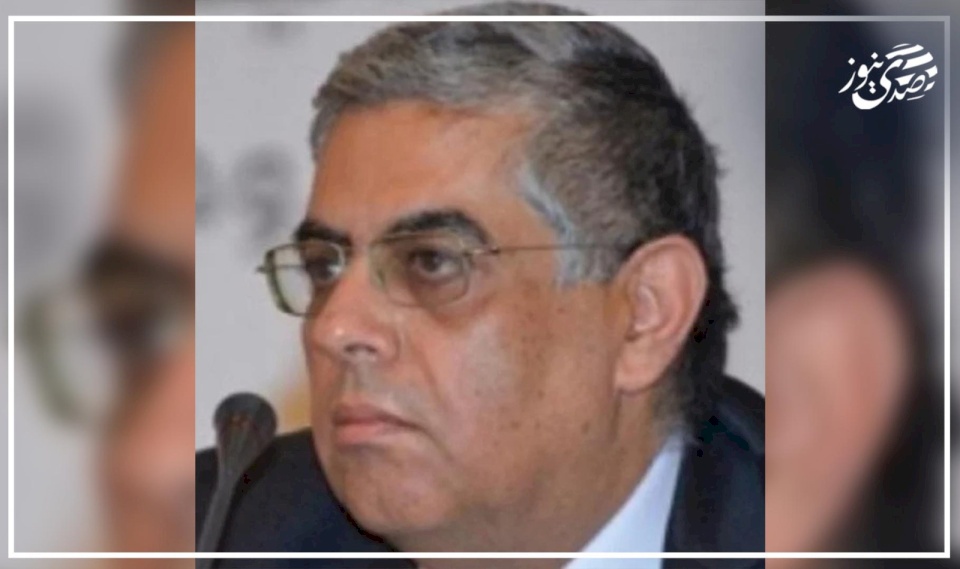
What are the Patterns of the "Second Iran War"?
The importance of what the spokespersons for Israeli Prime Minister Benjamin Netanyahu are promoting lies primarily in presenting a vision of his understanding, which is often followed in his subsequent practices. What can be said about this vision in relation to the future of the conflict with Iran?
Perhaps the first thing that strikes us regarding his vision of what can be described as "the now" can be inferred from one of these spokespersons in the newspaper Israel Hayom referring to the military confrontation between the two sides that lasted 12 days as the "First Iran War," which is also known as the "12-Day War." Based on this "now," one can assume that Netanyahu's government has begun to prepare for the "Second Iran War," if it is not already in the midst of it.
Naturally, the patterns of the second war will depend on the Israeli assumptions that still govern the government's vision following the end of the first war, primarily that Iran will remain determined to accelerate uranium enrichment, in addition to the 60% enriched uranium it already possesses. According to published reports, Tehran was heading towards enriching enough uranium to manufacture 15 nuclear bombs, each the size of the Hiroshima bomb, according to estimates from the Israeli army. It may be worth reminding that the Israeli army justified the decision to launch the war by claiming that Iran had made significant progress towards achieving the goal of having the capability to produce nuclear weapons in a relatively short time. Based on this, there was an urgent need to work on thwarting the project, especially after Iran recently accelerated work on its secret components.
The bottom line that no one disagrees with in Israel is that given the scale of the Iranian nuclear project, there is no military force in the world, even among the United States, capable of destroying or dismantling this project with a single attack, or even two, regardless of how large and successful they might be. Therefore, Israel cannot do that. However, Israel is capable of striking qualitative and important targets in Iran, including nuclear targets, without being able to dismantle the nuclear project itself or eliminate it. Many have written that under a misconception, the Iranian nuclear project seems, in the eyes of Israel, to be a type of facility, or barrier that can be destroyed or dismantled with a single successful attack or two, similar to how the Iraqi nuclear reactor was destroyed in 1981 by the Israeli Air Force, or the Syrian reactor that was destroyed in September 2007. However, more than one Israeli expert has previously confirmed and recently re-confirmed that we are talking about a huge, octopus-like project that has developed over decades to reach its current size. The Iranian nuclear facilities are distributed across dozens of large and central sites, as well as some small installations spread across dozens of locations throughout the country (which is 70 times the size of Israel).
What is currently being focused on is reaching a new nuclear agreement with Iran that is better than the 2015 agreement from which former U.S. President Donald Trump withdrew under pressure from Netanyahu, aiming to prevent the rehabilitation of the nuclear program and to prevent the development of long-range ballistic missiles capable of carrying nuclear warheads, while also emphasizing increased monitoring and control, and then punishment.
In the matter related to monitoring, control, and punishment, Netanyahu's close associates cite everything related to Iran and patterns of the second war against it to what Israel is doing against Hezbollah in Lebanon after the ceasefire agreement between the two sides in late November 2024. It is noted that the difference between the outcome of the 2006 war and the recent war is that Israel has operationally monitored and punished, where Israeli data indicates that since the last agreement, Israel has carried out more than 400 strikes in Lebanese territory, averaging more than two strikes per day.

Gaza: Between the Dilemma of Rescue and the Entitlement of National Liberation

Their Positions Hide Their Hatred for Gaza

Their goods were returned to them

Between Exaggeration and Reality: Is the Gap Between Israel and the United States Really W...

The Assault in Jaffa and the Importance of Responding to It...

Replacing Palestinian Imports ... A Step Towards Enhancing Economic Resilience

Donkeys and Settlers: A Call to Torah Narratives

